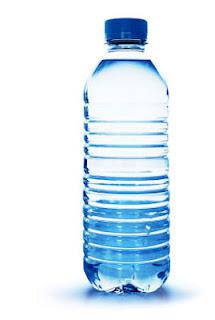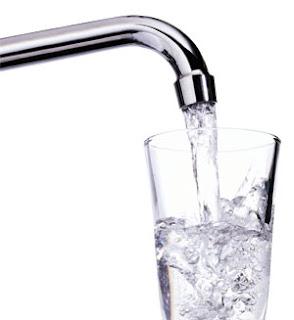The Truth About Bottled and Tap Water
Whether you're a dedicated bottled water drinker or someone who prefers drinking water straight from the tap, there are a few things you should know about the source of your H20. First of all, just because it's in a bottle does not necessarily mean that the water comes directly from a natural spring or well; it may actually originate from a public water source — that's right, some bottled waters are just tap water in disguise. There are also a number of different kinds of bottled waters. Here are six of the most common types:6 Types of Bottled Water

- Purified water is essentially tap water that has been purified through a distillation, deionization, or reverse-osmosis process. Purified water may also be referred to as demineralized water. Purified water is typically taken from metropolitan water sources, and then put through commercial filters to remove any chlorines, detritus, or other trace elements that should not be in the drinking water.
- Well water comes from a well that penetrates through the water table. Well water that is bottled for public consumption is regulated by the Environmental Protection Agency (EPA); however, private drinking water wells are not subject to EPA standards.
- Spring water is sourced from a natural spring, where water flows directly from under the earth’s surface.
- Mineral water is natural water that comes from a well or spring. It contains dissolved minerals and other trace elements (at least 250 parts per million). While some people believe that mineral water has more health benefits than other types of bottled water, the FDA does not allow a producer to add additional minerals to the water or claim that it provides health benefits.
- Sparkling water is spring or well water that contains dissolved carbon dioxide, which makes the water naturally carbonated. Producers can replace the carbon dioxide that was lost during processing but cannot add more carbonation to what was naturally in the water.
- Artesian water is a type of well water that is derived from an aquifer — a water-bearing underground layer of rock or sand.

In general, safety standards for bottled water and tap water are the same with a few exceptions. For example, because tap water may become contaminated with lead as it travels through pipes, the government limits the amount of lead in tap water to 15 parts per billion, whereas the limit is set below 5 parts per billion for bottled water. Another major difference is that tap water is often fluoridated, but most bottled waters do not contain fluoride or chlorine. On the other hand, recent studies have suggested that certain plastics used in the containers for bottled water may contain potentially harmful chemicals known as phthalates, including Bisphenol A (BPA). If you’re concerned, you may consider purchasing water that has been bottled in glass or in BPA-free plastic.
The Bottom Line
Most people can safely (and inexpensively!) drink water straight from the tap. If you want to improve the taste of tap water, you can purchase a water-filtration pitcher, which reduces the amount of fluoride and chlorine and removes some unwanted chemicals and minerals in the tap water. And if you’re looking for a convenient way to stay hydrated and protect the earth, give up the disposable plastic containers entirely and treat yourself to a reusable water bottle made of BPA-free polycarbonate or aluminum, which are both environmentally friendly.
***The above was taken from South Beach Diet.
